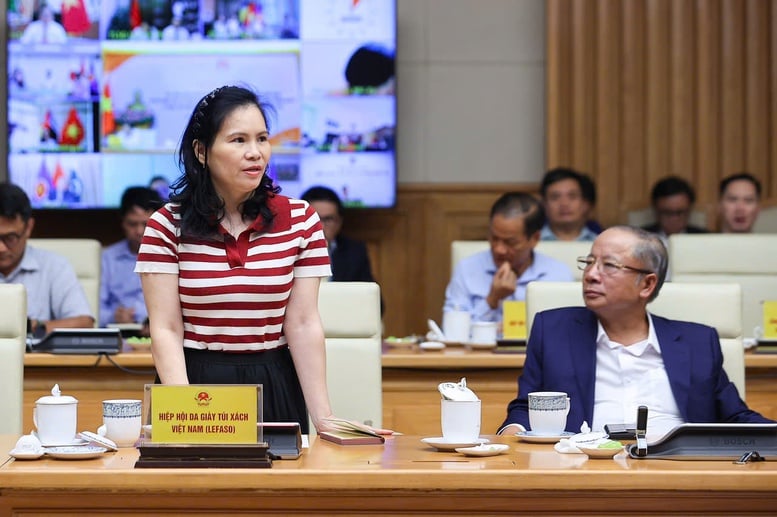
Ms. Nguyen Thi Thanh Xuan, Vice President and General Secretary of the Vietnam Leather, Footwear and Handbag Association, gave her opinion at the Conference - Photo: VGP/Nhat Bac
According to Ms. Nguyen Thi Thanh Xuan, the biggest bottleneck for the footwear industry today is the issue of raw materials. The domestic supply of raw materials still depends on imports and customer orders, as most businesses are operating under a processing model. To remove this bottleneck, the Association determined that in the coming time, it is necessary to move towards self-sufficiency in domestic raw material production. At that time, Vietnam will not only increase its initiative but also be able to attract more orders, creating momentum for sustainable development for the industry.
In that spirit, three associations including the Vietnam Leather, Footwear and Handbag Association, the Textile and Apparel Association and the Wood Association have proposed to build a center for innovation, research and development and trading of raw materials for the fashion industry. Currently, the project has identified an initial land fund of about 40 hectares. However, Ms. Xuan emphasized that to put this center into operation, there needs to be breakthrough policies and appropriate support from the State.
According to the Vice President and General Secretary of the Vietnam Leather, Footwear and Handbag Association, although this model is still new in Vietnam, many countries in the world have successfully implemented it, typically China.
"We hope that through the network of trade offices and Vietnamese diplomatic representative agencies abroad, they will support us in sharing experiences and effective operating models for us to learn and apply," Ms. Xuan expressed.
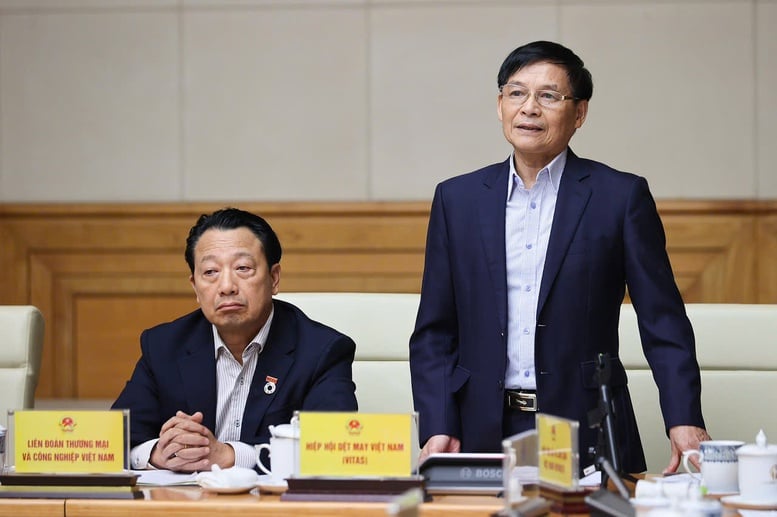
Mr. Truong Van Cam, General Secretary of the Vietnam Textile and Apparel Association, speaking at the Conference - Photo: VGP/Nhat Bac
The establishment of the center will help diversify the supply of raw materials, promote innovation in design, business models and optimize the production supply chain. Not only serving domestic demand, the center can also supply raw materials to countries in the region such as Indonesia, Cambodia, Bangladesh, etc.
With this idea, Ms. Xuan expressed her hope to receive support from businesses in connecting international models and from the State in perfecting policies. In particular, she recommended that relevant ministries, such as the Ministry of Industry and Trade, study and develop a comprehensive project with specific support mechanisms and policies. This will both motivate the center to operate effectively and attract the participation of many industries, contributing to the formation of a domestic supply chain and increasing the initiative of the Vietnamese fashion industry.
Speaking at the conference, Mr. Truong Van Cam, General Secretary of the Vietnam Textile and Apparel Association, said that many Vietnamese textile and garment enterprises currently have the potential to invest abroad to form global corporations, especially investing in countries with cheap labor resources such as Bangladesh, India, etc. Therefore, he recommended that representative agencies abroad grasp and provide information on the investment environment, investment attraction policies and warn of risks so that enterprises have the conditions to research and invest.
Mr. Nguyen Hoai Nam, General Secretary of the Vietnam Association of Seafood Exporters and Producers (VASEP), shared that in market development, VASEP has received active support from Vietnamese representative agencies abroad, especially trade offices. When organizing trade promotion programs in many markets, VASEP always acknowledges the companionship, presence and effective support from ambassadors. Mr. Nam hopes that through economic diplomacy activities, this support will continue to be maintained and enhanced.
In addition, according to Mr. Nam, the free trade agreements (FTAs) that the Government has negotiated and signed in recent times have brought many practical benefits to the seafood industry. In the upcoming FTA reviews, the Association hopes to expand some incentives, especially related to key products. Specifically, it hopes that the FTA with Korea can open more quotas for shrimp products and with the European Union, expand quotas for tuna products - products directly related to the livelihoods of Vietnamese farmers and fishermen.
Anh Tho
Source: https://baochinhphu.vn/de-xuat-xay-dung-trung-tam-nguyen-phu-lieu-thoi-trang-tang-suc-bat-cho-nganh-da-giay-det-may-102250722204216655.htm


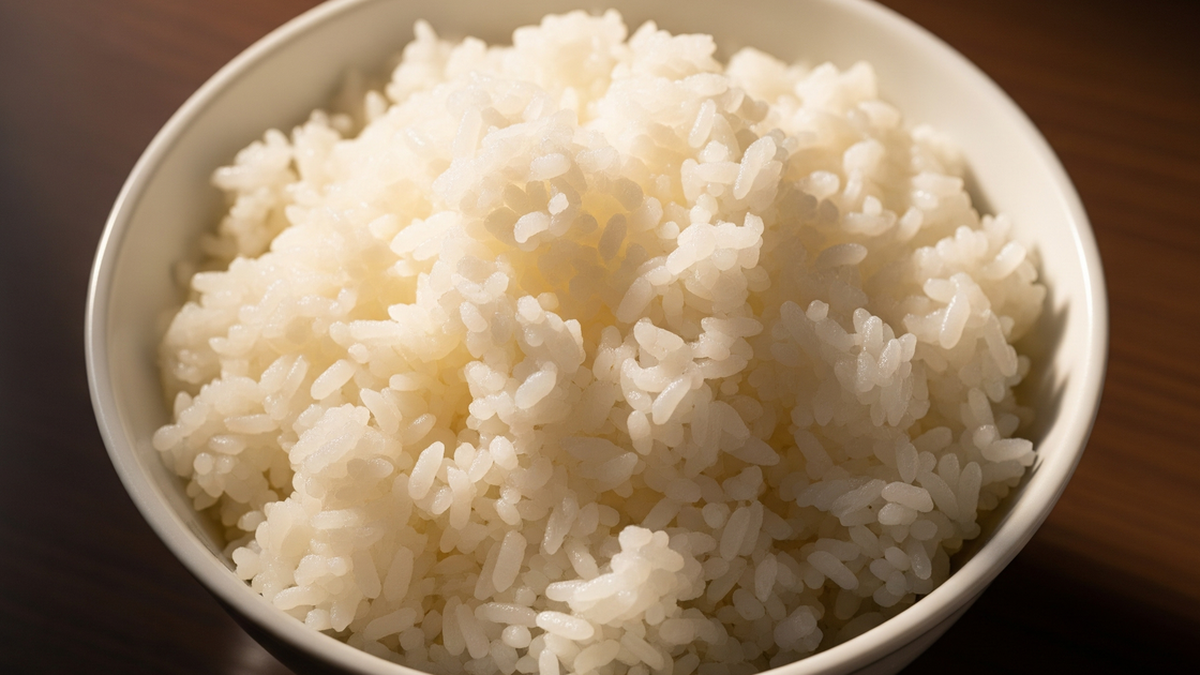
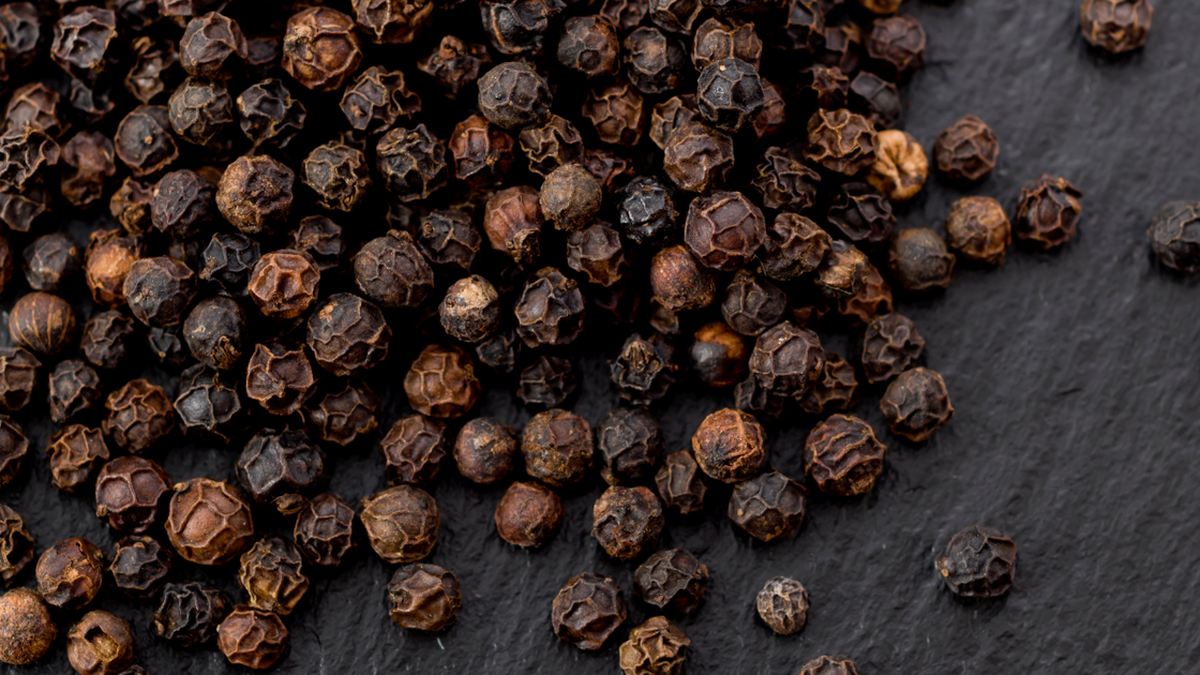




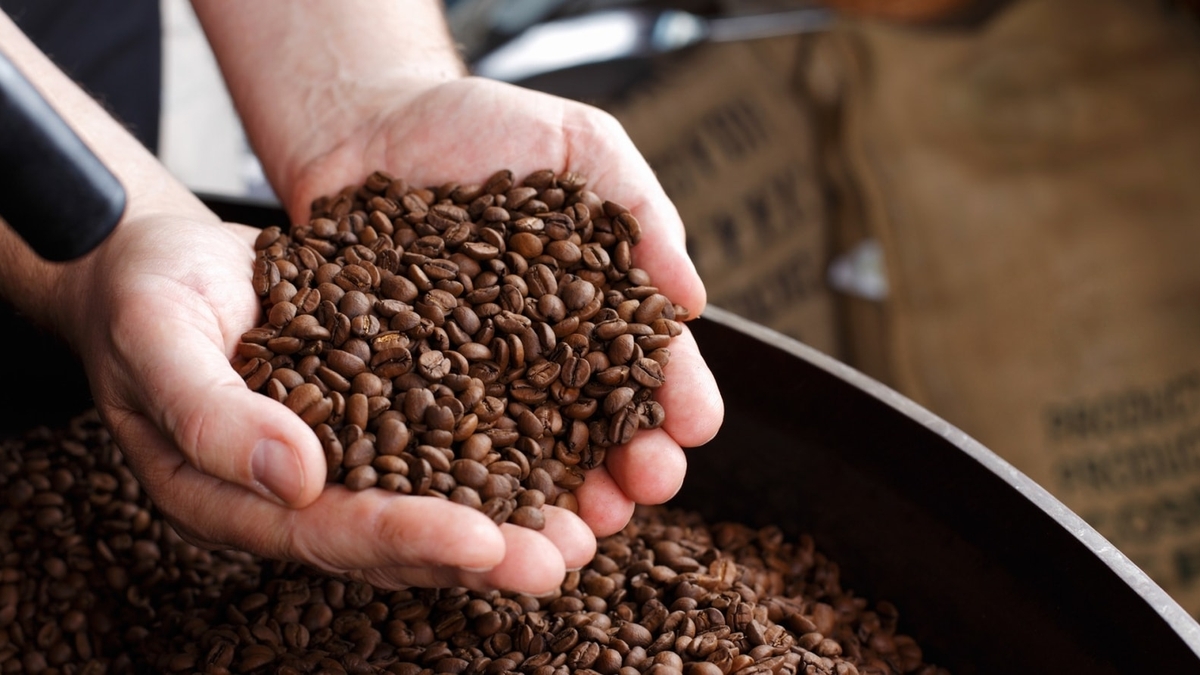
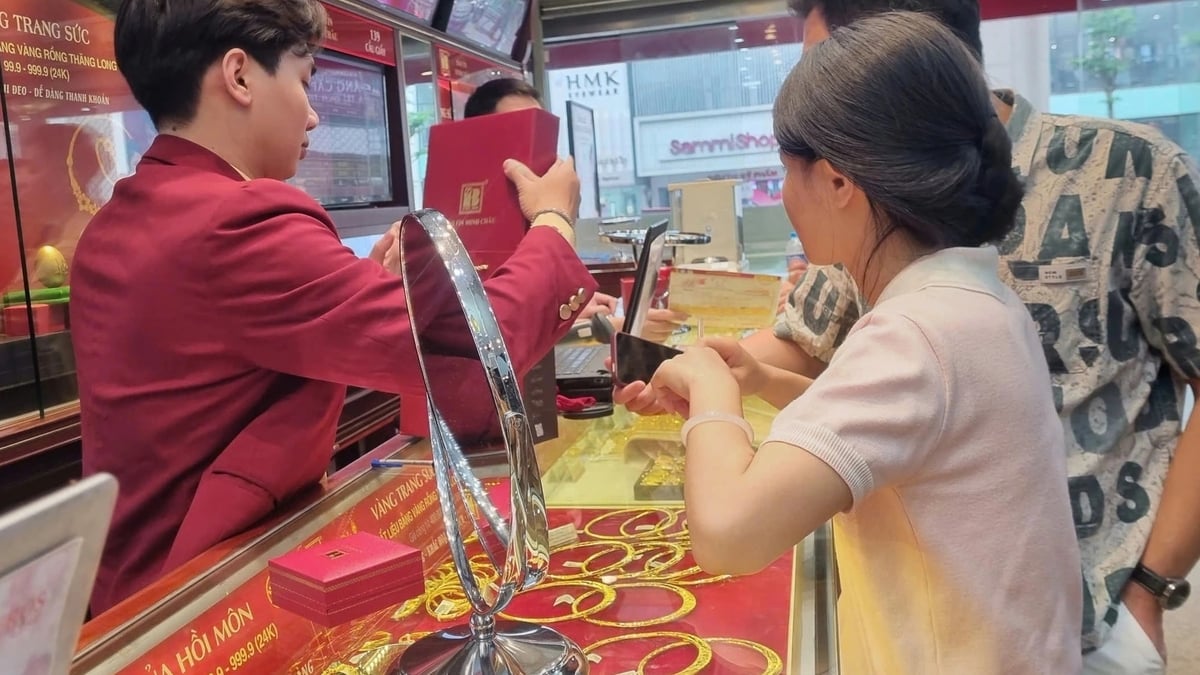
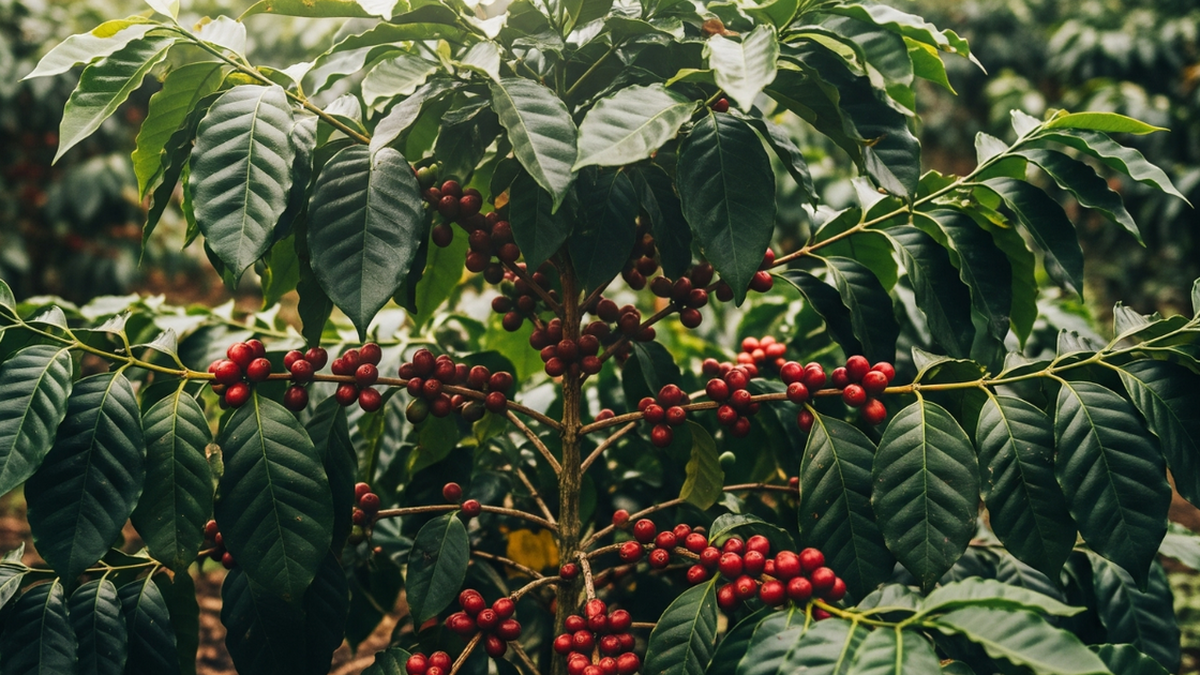





















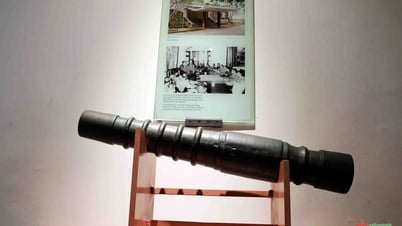

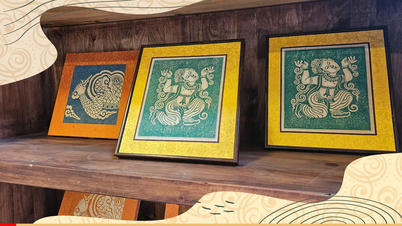



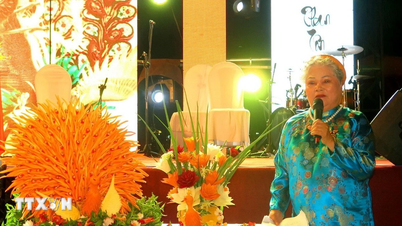

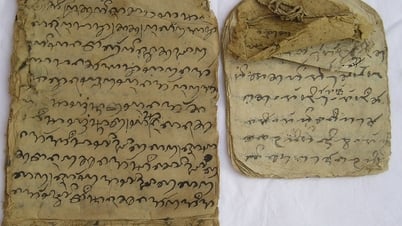

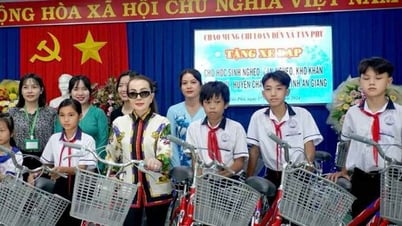

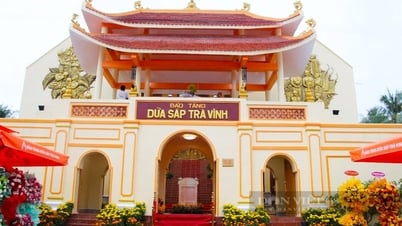


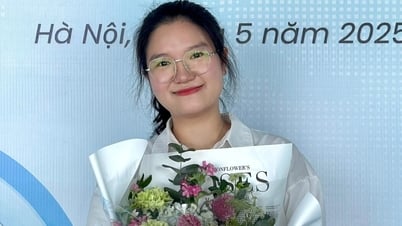

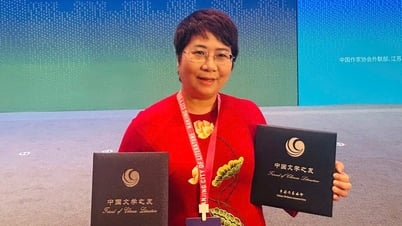





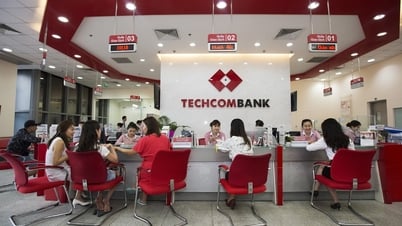

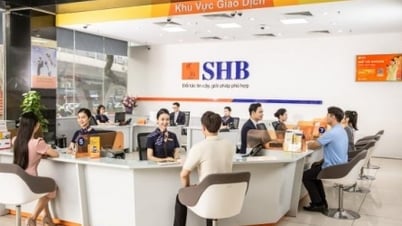


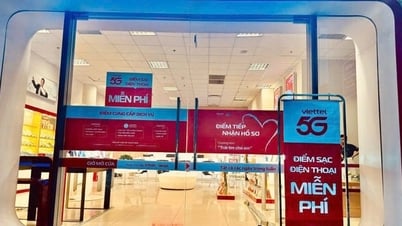

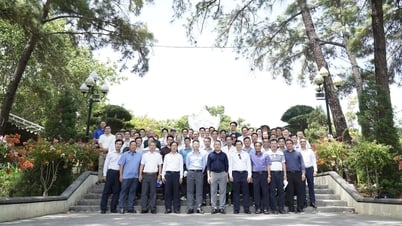

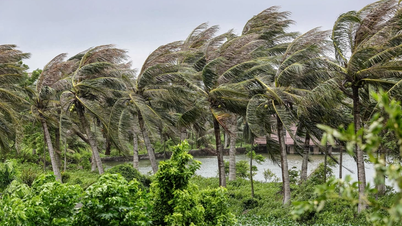

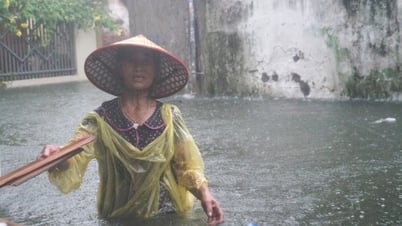
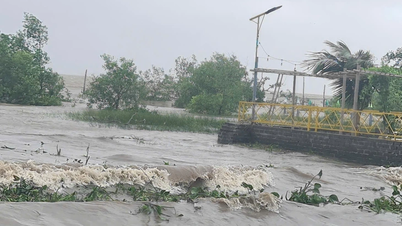



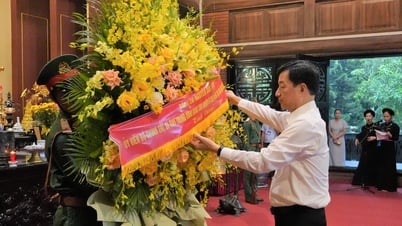

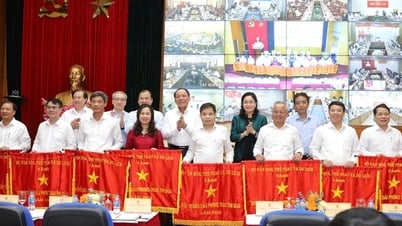


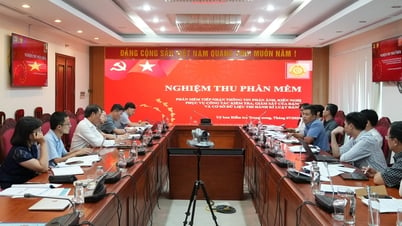


























Comment (0)